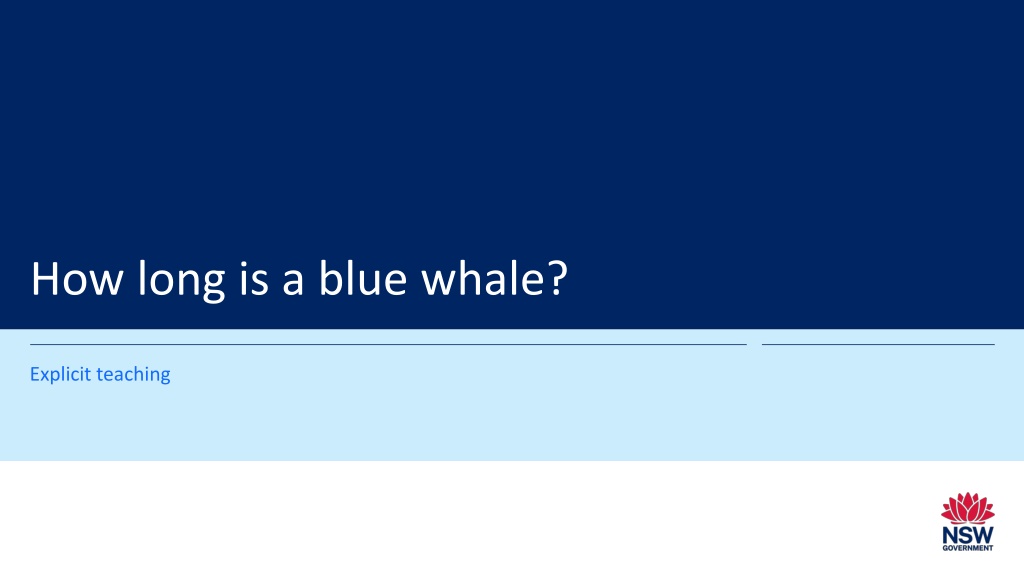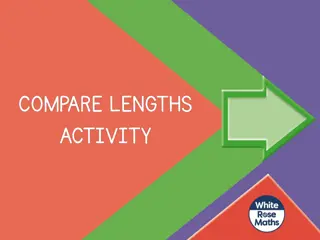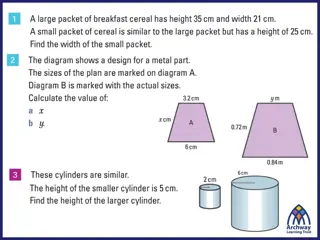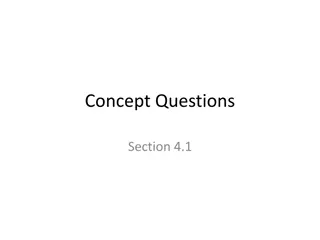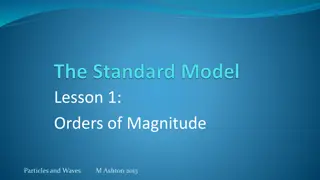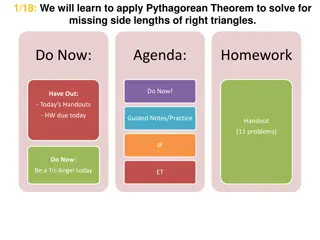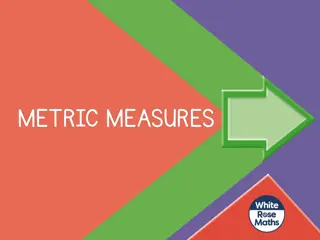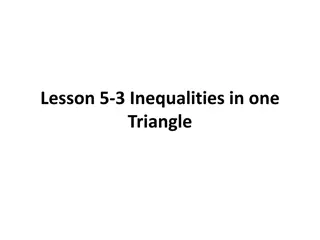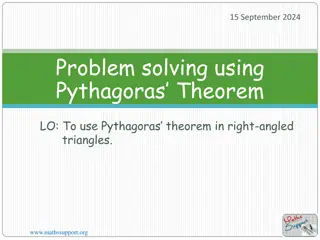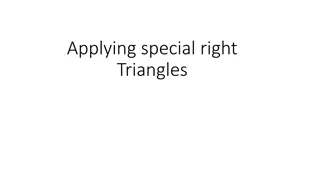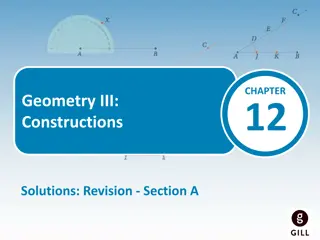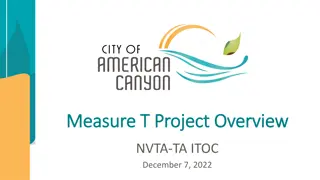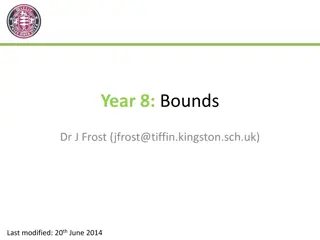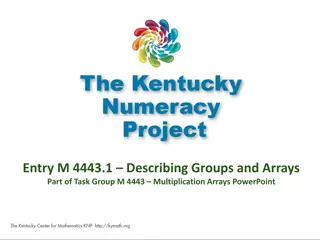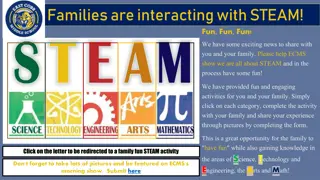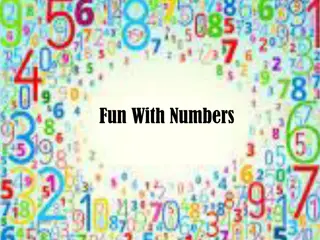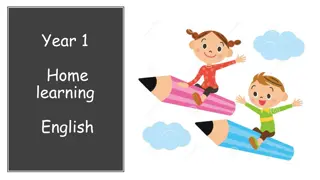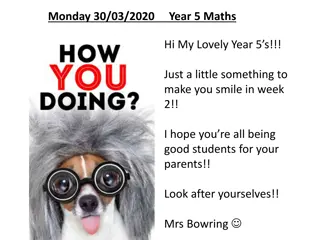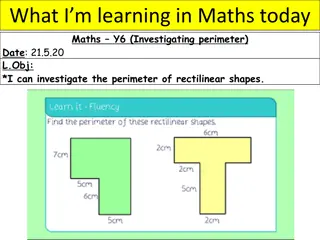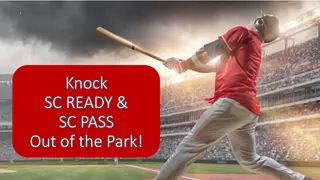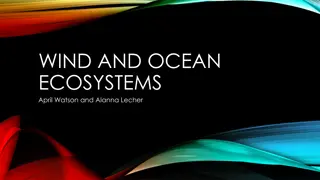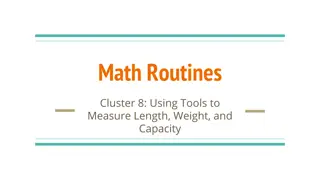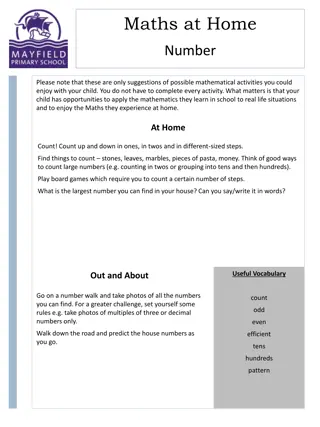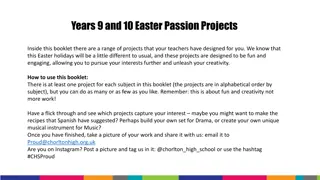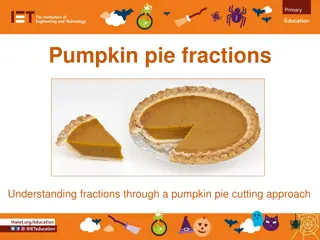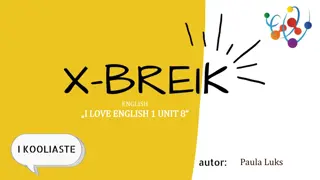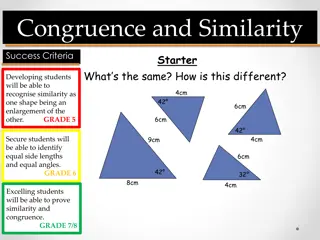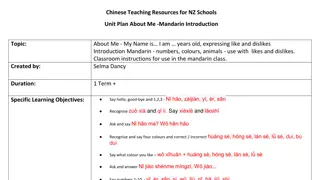Visualizing Lengths: Fun Learning Activities for Students
Experience engaging activities on measuring lengths and distances, comparing familiar objects, estimating lengths, visualizing proportions, and exploring real-world scenarios. The content includes explicit teaching on the length of a blue whale, constructing maps, measuring room dimensions, and fun quizzes. The success criteria focus on making approximate comparisons, estimating lengths, and checking logical answers using proportion visualization. Dive into a world of interactive learning!
Download Presentation

Please find below an Image/Link to download the presentation.
The content on the website is provided AS IS for your information and personal use only. It may not be sold, licensed, or shared on other websites without obtaining consent from the author. Download presentation by click this link. If you encounter any issues during the download, it is possible that the publisher has removed the file from their server.
E N D
Presentation Transcript
How long is a blue whale? Explicit teaching
Launch How long is a blue whale?
Visible learning Learning intentions To visualise lengths by comparing familiar objects. Success criteria I can make approximate comparisons between familiar lengths and unseen long and short objects. I can estimate the length of objects larger and smaller than me. I can visualise proportion to check if my answers are logical.
Explore Constructing a map
Measuring lengths and distances part 3 Explore 1. Measure and record the dimensions of the classroom. 7
Measuring lengths and distances part 4 Explore The student is made up of ____ chihuahuas. So, the student is ____ times longer than a chihuahua. 8
Measuring lengths and distances part 5 Explore 9
Summarise I m as tall as a
Im as tall as a Summarise 11
Success criteria I can make approximate comparisons between familiar lengths and unseen long and short objects. I can estimate the length of objects larger and smaller than me. I can visualise proportion to check if my answers are logical.
